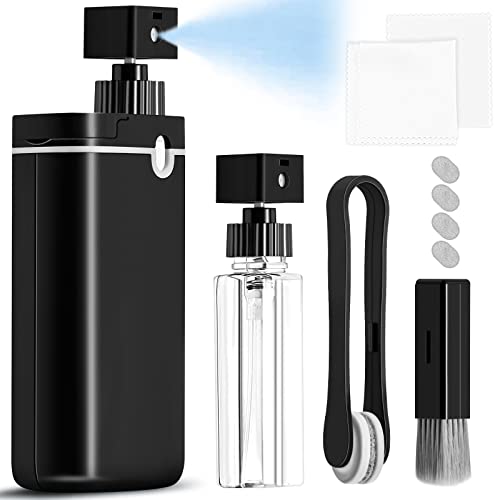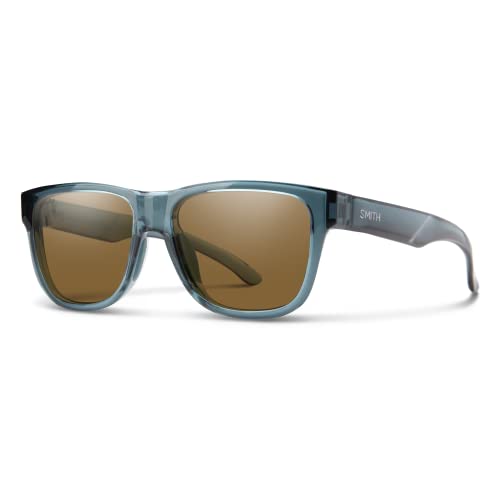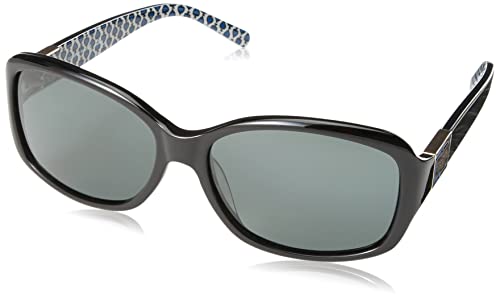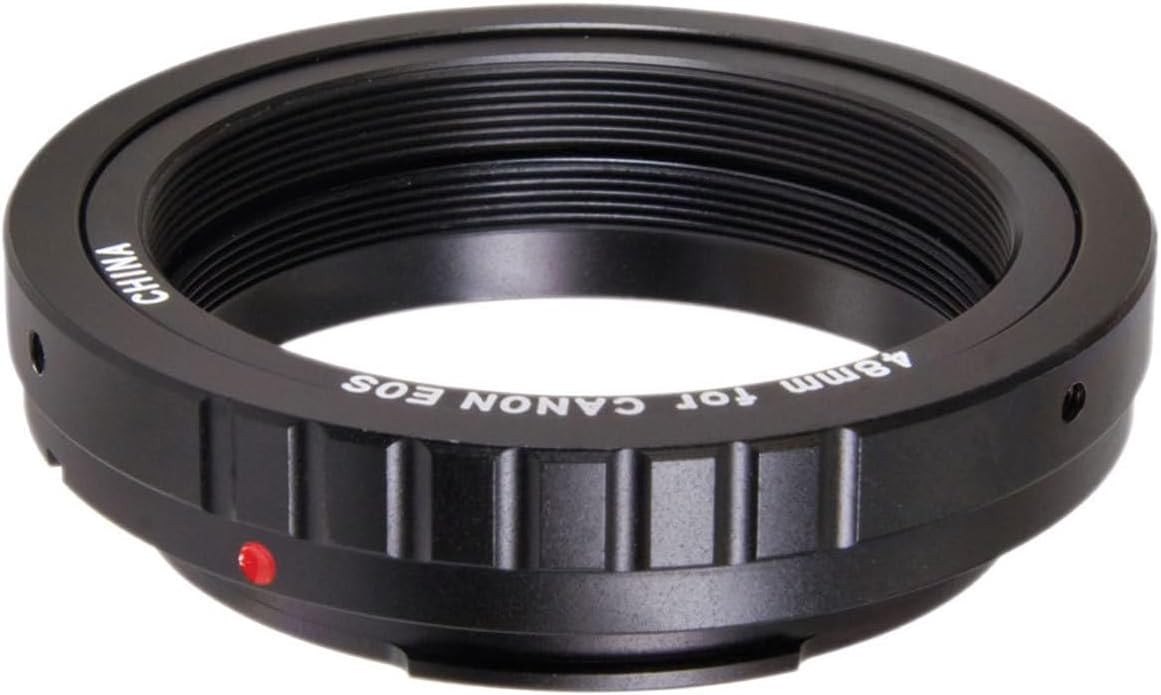
How to Properly Clean and Maintain Your Polarized Women’s Sunglasses
This guide provides a step-by-step process for cleaning and maintaining your polarized women’s sunglasses. It emphasizes the importance of proper cleaning techniques to preserve the sunglasses’ condition and functionality. Following these steps will help ensure that your sunglasses stay in good shape and provide you with clear vision and effective protection.
Hottest Shades for Stylish Women



Gather necessary materials
Before starting the cleaning process, gather the necessary materials. Begin by grabbing a soft microfiber cloth which will be instrumental in preventing scratches on your sunglasses. Make sure to choose a lens cleaning solution that is specifically designed for sunglasses, as other cleaning solutions may contain chemicals that could damage the lenses. You can find these solutions at most eyewear stores or opticians. Lastly, prepare a small bowl of lukewarm water to aid in the cleaning process. This temperature is gentle enough to effectively clean your sunglasses without causing any damage. Once you have gathered all these materials, you are ready to proceed with the cleaning process.



Rinse the sunglasses
- Hold your polarized women’s sunglasses under a gentle stream of lukewarm water: First and foremost, find a sink with a gentle water flow or use a faucet with a low-pressure setting. Holding your sunglasses under the lukewarm water stream is the initial step to clean them effectively.
- Remove any loose dirt or debris from the lenses and frames: The gentle stream of water will help dislodge any loose dirt or debris that may have accumulated on your sunglasses. Focus the water on the lenses and frames, ensuring all the areas are thoroughly rinsed. You can rotate the sunglasses between your fingers to expose all sides to the water flow.
- Inspect the sunglasses for stubborn stains or residue: After rinsing, take a moment to inspect the lenses and frames. If you notice any stubborn stains or residue, you may need to use a mild soap or lens cleaner to cleanse the sunglasses further.
Remember, rinsing your sunglasses under lukewarm water is a crucial step in maintaining their condition. By doing so, you can effortlessly remove dirt and debris, ensuring your sunglasses remain clean and ready to use.



Apply lens cleaning solution
- Place a small amount of the lens cleaning solution onto the microfiber cloth. This can be achieved by either applying the solution directly onto the cloth or by using a spray bottle to mist the cloth evenly.
- Gently rub the cloth onto the lenses, using circular motions. Ensure that the entire lens surface is covered and avoid leaving any areas untouched.
- Example: Start at the center of the lens and move in a circular motion towards the outer edges. Repeat this motion a few times to ensure a thorough cleaning.
- It is important to avoid applying excessive pressure while rubbing the cloth to prevent scratching the lenses. Instead, use a gentle touch and let the cleaning solution do the work.
- Example: Apply a light to medium pressure and let the solution penetrate any smudges or dirt on the lens. Avoid pressing too hard, especially on delicate lenses such as those found in prescription glasses or camera lenses.
Remember, properly cleaning your lenses is essential for maintaining clear vision and extending their lifespan. Following these instructions will help you achieve a thorough and scratch-free lens cleaning process.



Clean the frames
To clean the frames, take the same microfiber cloth you used to clean the lenses and apply a small amount of lens cleaning solution to it. Ensure the cloth is damp but not soaking wet. Then, gently wipe the frames, making sure to pay attention to any areas that may have accumulated dirt or oils. These areas include the nose pads and temples.
Start by wiping the nose pads, focusing on any grime or residue that may have built up from contact with your skin. Use gentle, circular motions to remove any dirt. Next, move on to the temples, wiping both the inside and outside surfaces. If there are any stubborn spots or stains, apply a bit more lens cleaning solution to the cloth and repeat the wiping process until they are gone.
For a visual example, imagine your glasses frames are made of metal. As you wipe the nasal area, you see the cloth picking up a thin layer of oil from your skin. With a bit of pressure and the cleaning solution, you notice the cloth effectively removes the oil, leaving a clean surface. Similarly, as you wipe the temples, you notice some fingerprint smudges that easily come off with a few gentle wipes.
Remember to always handle your frames with care and avoid pressing too firmly, especially on delicate parts or parts that may scratch easily. This way, you can keep your glasses looking and feeling clean and fresh.



Rinse and dry
Rinse the sunglasses under lukewarm water once you have cleaned both the lenses and frames. Make sure to thoroughly remove any remaining cleaning solution. Shake off any excess water and gently pat dry with a clean, lint-free cloth.



Avoid harmful substances
Clean your polarized women’s sunglasses without causing any damage. Avoid using harsh chemicals, abrasive materials, or paper towels, as these can harm both the lenses and frames. Instead, opt for the recommended cleaning solution and a soft microfiber cloth. Gently spray a small amount of the cleaning solution onto the lenses and use the cloth to wipe away any smudges or dirt. Make sure to clean both sides of the lenses and pay extra attention to the edges where debris might accumulate. Wipe the frames as well to remove any dirt or oil. Remember, using the right cleaning materials will keep your sunglasses clear and protected for longer.
Store properly
- Clean your sunglasses before storing them. Use a lens cleaning solution and a microfiber cloth to remove any dirt or smudges.
- Place your sunglasses in a protective case or pouch after cleaning. This will prevent scratches and dust accumulation, keeping your sunglasses in good condition.
- Avoid leaving your sunglasses in direct sunlight or extreme temperatures. Prolonged exposure to sunlight can fade the color of your lenses and damage the frame. Extreme temperatures, such as leaving your sunglasses in a hot car, can cause warping or distortion.
- If you don’t have a case or pouch, consider using a clean, dry cloth to wrap your sunglasses before storing them. This will provide a protective barrier against scratches.
- Store your sunglasses in a safe and easily accessible place, away from any potential hazards or items that could damage them. Keeping them in a dedicated spot will help you remember where you put them and minimize the risk of accidental damage.
Key Takeaways
In conclusion, taking care of your polarized women’s sunglasses is crucial for maintaining their effectiveness and longevity. By implementing the cleaning and maintenance tips provided in this blog post, you can enjoy clear vision, eye protection, and stylish sunglasses for years to come.
Necessary Items






Care and Maintenance
The Proper Way to Clean Your Sunglasses: Do it Right!
Tips for Using Polarized Women’s Sunglasses
- Start by choosing the right pair of polarized women’s sunglasses that suit your style and face shape
- Clean the lenses with a lens cleaner or mild soap and water to ensure they are clear and free from any dirt or residue
- Put on the sunglasses by holding the temples (arms) and gently resting the sunglasses on your nose
- Adjust the sunglasses on your face by gently moving the temples until they sit comfortably and securely without slipping
- Enjoy the benefits of polarized lenses, which reduce glare from surfaces such as water, snow, and roads, providing enhanced visual clarity and reducing eye strain
Frequently Asked Questions about Polarized Women’s Sunglasses
What types of lens colors are commonly available in polarized women’s sunglasses?
The most commonly available lens colors in polarized women’s sunglasses include grey, brown, and blue. These colors provide different benefits and cater to various needs. Grey lenses maintain true color perception and reduce overall brightness, making them suitable for general outdoor activities. Brown lenses enhance contrast and are ideal for activities like driving or sports. Blue lenses reduce glare, provide good color perception, and are often chosen for water-based activities. Other popular lens colors may include green, purple, and rose, offering variations in style and visual experience.
How are polarized lenses different from regular sunglasses?
Polarized lenses are different from regular sunglasses because they have a special filter that blocks glare caused by horizontal light waves. This allows for enhanced visual clarity and reduced eye strain in bright conditions. Regular sunglasses, on the other hand, only dim the overall brightness and offer minimal glare reduction. Additionally, polarized lenses provide better protection against harmful ultraviolet (UV) rays, ensuring the eyes are shielded from both glare and UV radiation.
Can polarized lenses reduce eye strain and fatigue?
Yes, polarized lenses can help reduce eye strain and fatigue. This is because polarized lenses are designed to block glare caused by reflected light, especially from horizontal surfaces like water, snow, or roads. When light reflects off these surfaces, it becomes polarized horizontally and results in intense glare. Polarized lenses have a special filter that blocks this horizontally polarized light, reducing the brightness and intensity of glare. By reducing glare, polarized lenses provide clearer vision and allow our eyes to relax, leading to less strain and fatigue.
Can polarized women’s sunglasses protect against harmful UV rays?
Yes, polarized women’s sunglasses can protect against harmful UV rays. Polarization in sunglasses refers to a special coating applied to the lenses that helps to reduce glare caused by the sun reflecting off surfaces such as water or snow. While polarized lenses primarily focus on reducing glare, most polarized sunglasses also come with UV protection. The UV protection in sunglasses is provided by a different coating or material that blocks or filters out harmful ultraviolet (UV) rays from the sun, specifically UVA and UVB rays. Therefore, when choosing polarized women’s sunglasses, it is recommended to look for ones that also provide 100% UV protection to ensure adequate protection against harmful UV rays.





